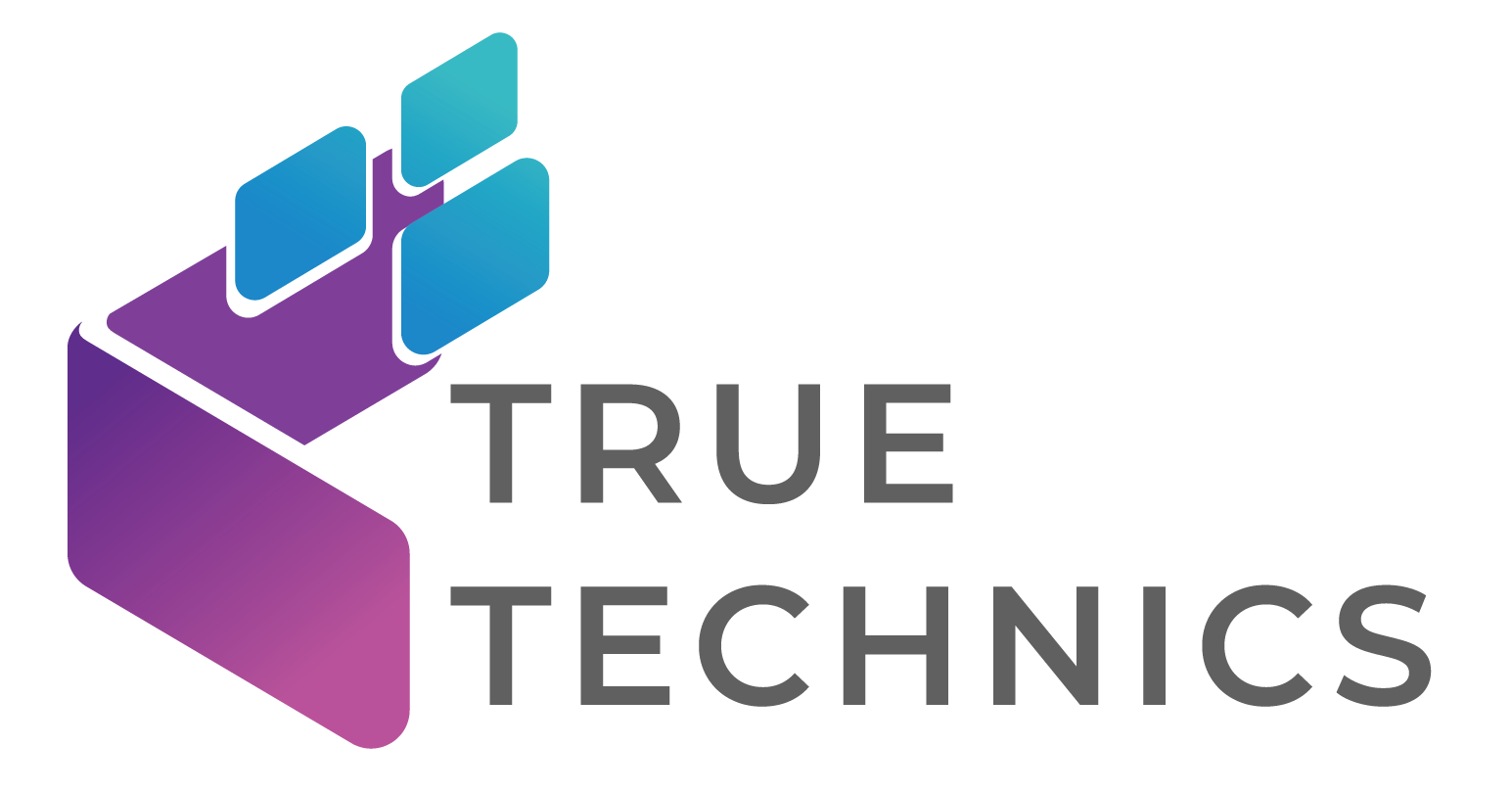Accounts Payable (AP) may not seem glamorous in enterprise tech, but it has a big impact. Delayed payments or errors can disrupt a business’s entire financial workflow. Manual AP processes are riddled with inefficiencies, compliance risks, and unnecessary costs. Automation software is now a top priority for enterprises. It helps strengthen control, scale operations, and cut costs.
In this article, we’ll discuss why AP automation is essential now. We’ll explore the top tools for tech teams. Companies can gain a strategic edge through automation.
The Cost of Manual AP Processes
Processing invoices by hand seems easy, but hidden costs tell another story. SAP Concur says that handling an invoice manually costs $6.30. In contrast, automating it only costs $1.45. Automated teams process about 18,649 invoices annually for each full-time employee (FTE). In contrast, manual processes only manage 8,689 invoices.
And the inefficiencies don’t stop at costs. AP has consistently been identified as the most time-consuming finance function. Employees spend too much time processing invoices. This distracts from important tasks, like analysis, vendor relationships, and strategy.
Even worse? Errors. A Symtrax report shows that manual invoice errors happen 1.6% of the time. Each correction costs about $53. For a company handling 1,000 invoices each month, this can mean $120,000 in avoidable costs annually.
Growing Demand for AP Automation
It’s not surprising then that adoption of AP automation is accelerating. The global accounts payable automation market was worth $3.07 billion in 2023. It is expected to grow to $7.1 billion by 2030. This growth represents a CAGR of 12.8%, as noted by Grand View Research. North America leads the way, holding over 33% of market share in 2023.
Verified Market Research predicts that the AP/AR automation market will rise from $1.11 billion in 2024 to $3.69 billion by 2032. This growth is mainly driven by the need to cut costs and boost efficiency.
In parallel, the procure-to-pay (P2P) solution market is also booming. Grand View Research forecasts growth from $8.02 billion in 2024 to $14.07 billion in 2033. This shows how automation is spreading in financial functions.
Pain Points of Manual AP Workflows
To see why automation is so effective, let’s look at the key challenges manual AP teams face:
**Delays in Processing:** Paper invoices, emails, and approvals slow workflows. This can cause missed payment deadlines.
High Costs: Labor-intensive processes inflate operational costs.
Error Risks: Manual data entry increases the likelihood of mistakes, requiring costly corrections.
Compliance Issues: Staying compliant during a business audit is hard. Clear transparency and solid audit trails make it easier.
Limited Scalability: Growing transaction volumes strain already inefficient processes.
As businesses expand, these problems increase. So, automation becomes essential for staying competitive in the long run.
How Automation Software Solves These Problems
Automation software for AP addresses these pain points in several ways:
Speed: Automated invoice capture and digital workflows reduce processing times dramatically.
Cost Savings: Invoices processed for as little as $1–$3 versus $15–$40 manually (Symtrax).
Accuracy: Automated systems reduce error rates and standardize data capture.
Compliance & Control: Built-in audit trails and approval workflows strengthen compliance and reporting capabilities.
Scalability: Enterprises can handle large transaction volumes without adding headcount.
AP Tools for Enterprise-Scale Operations
So, what solutions are best suited for large organizations? Here are some options:
Enterprise AP Automation Platforms
Companies like SAP Concur and Coupa provide robust platforms tailored for large-scale enterprises. They offer global compliance support, deep analytics, and integrations with ERP systems.
AI-Driven Invoice Processing Tools
Tools with OCR (optical character recognition) and machine learning can capture data automatically. This reduces the need for manual entry. These tools are especially valuable for companies processing thousands of invoices monthly.
Salesforce-Native Options
For companies using Salesforce, the built-in accounting software links AP workflows to CRM systems well. This reduces silos, connects sales and finance, and improves overall visibility.
Procure-to-Pay Solutions
End-to-end P2P tools go beyond AP. They also cover procurement, vendor management, and payment automation. This helps large companies manage all stages of supplier relationships.
Strategic Benefits of AP Automation for Enterprises
Beyond efficiency gains, automation delivers broader business value:
Scalability: Handle growth without ballooning costs or teams.
Integration: Link AP with departments like procurement, sales, and IT for clearer visibility.
Control: Stronger oversight, better fraud detection, and more accurate forecasting.
Employee Experience: Finance teams focus more on strategy and less on repetitive tasks.
Conclusion
Automation software is reshaping how enterprise tech teams manage AP. The risks of using manual processes are too high. Delays, errors, and costs can add up quickly. Adoption is rising fast, and there are solutions for all sizes and tech stacks. So, businesses have strong reasons to adopt AP automation.
For enterprise leaders, the message is clear: automation is more than a tech upgrade. It’s a smart strategy. It offers control, scale, and helps departments work together better.


